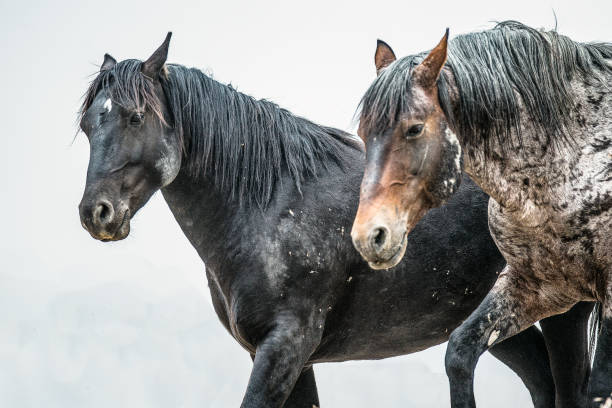There are many different horse boarding options available, depending on the needs of both the horse and the owner. This is a brief overview of the different types of boarding offered by many boarding facilities.
Table of Contents
Full Board horse boarding
The full board includes all the necessary items for the horse, plus a stable with a full turnout to pasture. Owners do not have to be present every day. Instead, the staff will clean the stalls, feed the horses, and take them in and out of the pasture. This arrangement is ideal for those with a busy schedule who can afford someone to care for their horse on a full-time basis.
Full board can also include access to special riding arenas, lessons, and equipment. Extra fees may apply for special feeds, supplements, veterinarian and farrier visits and treatments, blanketing, or other services. The boarding contract should detail all services and any additional fees.
Part-Board horse boarding
Partial boarding can also be an option. You share your horse’s use with someone else in exchange for lower boarding costs. For example, if the full board costs $600/month and the part board is $300/month, someone else can ride their horse three times per week or use it for lessons. According to the contract, another user can or cannot bring their equipment. Also, they may or may not be responsible for services such as farriers and veterinarians. A contract should include all the details.
If you want to part-board your horse, be prepared to pay less but to give up some time with the horse. Look for someone you can trust and who has similar riding and handling abilities to yours.
Pasture Board horse boarding

Pasture board is very cost-effective. The horse can live outside all year with food, water, and shelter. The owner/manager may have to pay extra if the horse is blanketed in cold weather. The stable staff may not be able to give each horse the attention they need every day, but they will keep an eye on their welfare. It is the best option for those who ride occasionally, horses who don’t like to be stabled, or for health issues, such as recurrent allergic airway disease, also known as heaves.
Self-Care Board:
Self-care boards will give the important facilities, but the owner is answerable for the rest. Owners will be responsible for importing their bedding and feed. Holders will be responsible for feeding, turning out, and cleaning up. The owner will need to make arrangements for vets and farriers when required. It can be a good situation if there are a lot of people who can work together or if someone lives close to the stable. It is a downside that owners have to take care of their horses every day, just like if they were in your backyard.
Other Arrangements:

Some stables offer reduced rates for those willing to do mucking or other work for the stable. The horse could be used to teach lessons or for trail rides. If you make agreements such as these, be sure to include them in your boarding contract. If someone can’t keep their end of an agreement, you will have to pay for the entire board. Track your work and the dates you complete it so the stable owner/manager knows that they’re getting fair value for their reduced board.
The owner is responsible for the horse’s well-being, regardless of the arrangement. Do not assume that a horse can be neglected for long periods or that the stable owner is responsible if it becomes sick or requires special attention.





























































